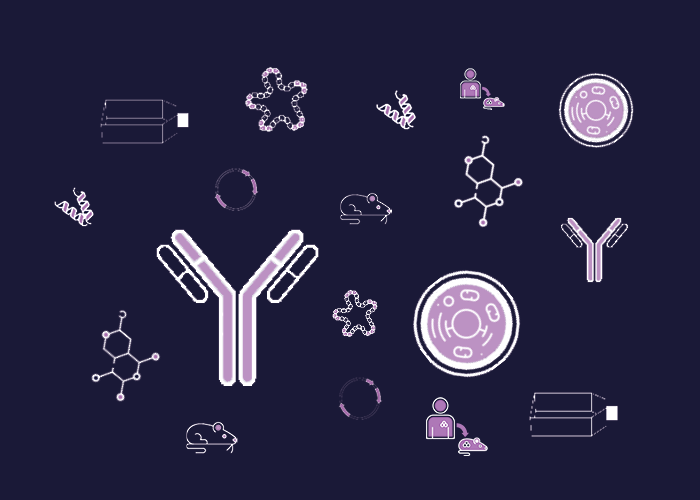
Cat. #151600
Anti-Striated Muscle Troponin I [42/25]
Cat. #: 151600
Unit size: 100 ug
Availability: 10-12 weeks
Target: Striated Muscle Troponin I
Class: Monoclonal
Application: WB
Reactivity: Chicken ; Human ; Mouse ; Rat
Host: Mouse
£300.00
This fee is applicable only for non-profit organisations. If you are a for-profit organisation or a researcher working on commercially-sponsored academic research, you will need to contact our licensing team for a commercial use license.
Contributor
Inventor: Gurtej Dhoot
Institute: University of Birmingham
Tool Details
*FOR RESEARCH USE ONLY (for other uses, please contact the licensing team)
- Name: Anti-Striated Muscle Troponin I [42/25]
- Research fields: Cell signaling and signal transduction
- Clone: 42/25
- Class: Monoclonal
- Conjugation: Unconjugated
- Reactivity: Chicken ; Human ; Mouse ; Rat
- Host: Mouse
- Application: WB
- Description: This antibody can be used for the study of muscles and their development, including studies of myogenesis. This particular antibody recognises striated muscle troponin I.
- Immunogen: Purified rabbit skeletal muscle troponin I
- Isotype: IgG1
- Recommended controls: Skeletal and cardiac muscle (mammalian and avaian)
Target Details
- Target: Striated Muscle Troponin I
- Target background: This antibody can be used for the study of muscles and their development, including studies of myogenesis. This particular antibody recognises striated muscle troponin I.
Applications
- Application: WB
Handling
- Format: Liquid
- Concentration: 0.9-1.1mg/ml
- Unit size: 100 ug
- Storage buffer: PBS with 0.02% azide
- Storage conditions: -20° C
- Shipping conditions: Dry ice
References
- Sasse et al. 1993. Circ Res. 72(5):932-8. PMID: 8477526.
- Troponin I gene expression during human cardiac development and in end-stage heart failure.
- Bhavsar et al. 1991. FEBS Lett. 292(1-2):5-8. PMID: 1959627.
- Developmental expression of troponin I isoforms in fetal human heart.


